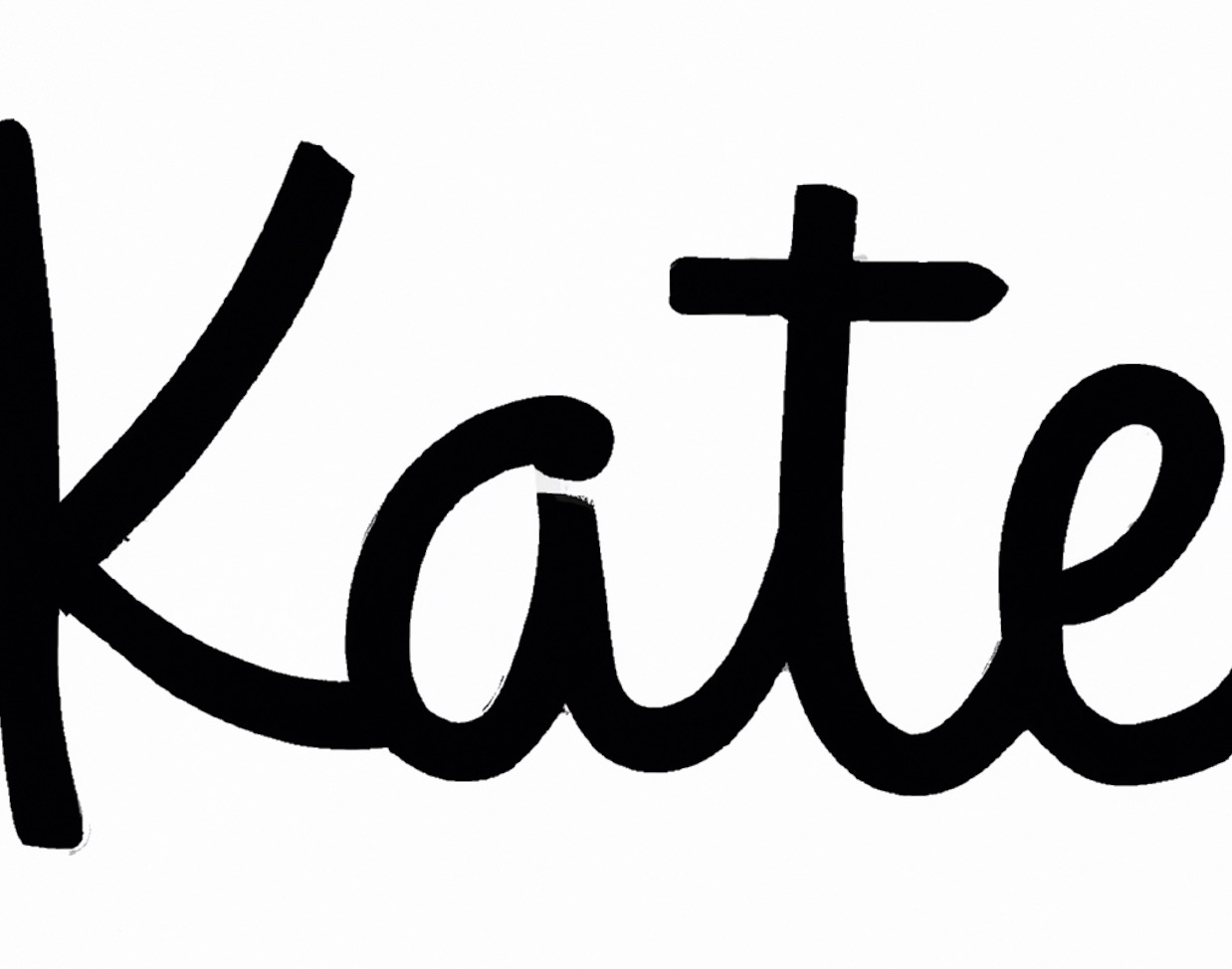A visual cue in graphic design is a signal that the designer uses to communicate with the viewer. Visual cues are used to draw attention, direct focus, and guide the viewer through a design.
They can be used to emphasize particular elements or draw attention away from certain features. Visual cues can be as simple as color or typeface changes, or as complex as using layers and shapes.
Designers use visual cues to establish hierarchy of information and give structure to their designs. Color is one of the most powerful visual cues designers have at their disposal, because it can be used to draw attention, indicate importance, create contrast, and evoke emotion. Typefaces also contribute to a design’s readability by providing another layer of information and helping viewers distinguish between different elements on a page.
The way typefaces are used in graphic design can also be considered a form of visual cue. Different typefaces can be used for headlines, body text, pull quotes, footnotes, etc., each with its own unique characteristics that can create contrast and direct focus. Designers may also use size or weight variations within a typeface family to further differentiate between elements.
Layouts, too, are an important part of visual communication; designers use them to arrange elements within a given space in order to maximize readability and flow. For example, grids are often used as a structure for organizing content into clear sections that are easy for viewers to scan and understand quickly.
Visual cues play an integral role in graphic design; they help guide viewers through layouts while creating interest and emphasis on certain elements. Designers must consider how all these visual cues interact with each other when designing for print or digital media in order to create effective communication.
Conclusion:
In conclusion, graphic designers use visual cues such as color, typography changes, layout structures, and more to communicate with the viewer. These visual cues help guide viewers through layouts while creating interest and emphasis on certain elements. Designers should consider how these different visual cues interact with eachother when designing for print or digital media in order to create effective communication.
8 Related Question Answers Found
Visual Imagery in Graphic Design
Graphic design has become an essential element of modern marketing and communication. Visual imagery, such as logos and illustrations, play a large role in the success of any graphic design project. Visual imagery can be used to convey a message, create an emotional response, or simply to make a design attractive.
Visualization in graphic design is the process of translating information and data into a visual representation. It is the process of taking an existing concept, idea, or message and creating a visual representation that is both memorable and compelling. Visualization involves the use of colors, shapes, fonts, textures, and other elements to create a visually appealing design.
Visual design in graphic design is the art of creating visual elements such as logos, illustrations, charts and diagrams that communicate an idea or message to an audience. It involves the use of elements such as color, shape, form, texture, line and space to create visually appealing designs. Visual design plays a key role in many aspects of graphic design, from web design to print media.
Visual elements are essential in graphic design. They are used to communicate ideas and messages to the viewers, as well as draw attention and evoke emotions. Visual elements used in graphic design include color, shape, line, texture, space, value and typography.
A visual in graphic design is an image, chart, or other graphical representation used to convey meaning. Visuals can be used to illustrate concepts and ideas, provide information, or call attention to certain elements of a design. In graphic design, visuals are typically combined with text, shapes, and colors to create a finished piece.
Graphic Design is an art form that uses visual elements to communicate a message. Imagery is an important tool used by graphic designers to create visuals that are eye-catching and memorable. Imagery can be used in a variety of ways, from logos and illustrations to photographs and icons.
Eye movement in graphic design is a concept that has been around since the dawn of visual communication. It is the process of using visual elements to guide a viewer’s eyes through a composition in a specific order. By doing this, designers are able to create an effective visual hierarchy and help the audience understand the message they are trying to communicate.
Graphic design is the art of creating visual communication through the use of images, symbols and text. Visual language is an important part of graphic design and can be used to convey thoughts and ideas. Visual language is a form of communication that is composed of visual elements such as shapes, symbols, colors, textures, and typography.
